Where should a thermostat be placed for the best thermal efficiency? HVAC pros reveal this the best spot – and the locations to avoid at all costs
Thermostat placement is everything when it comes to saving money, experts warn

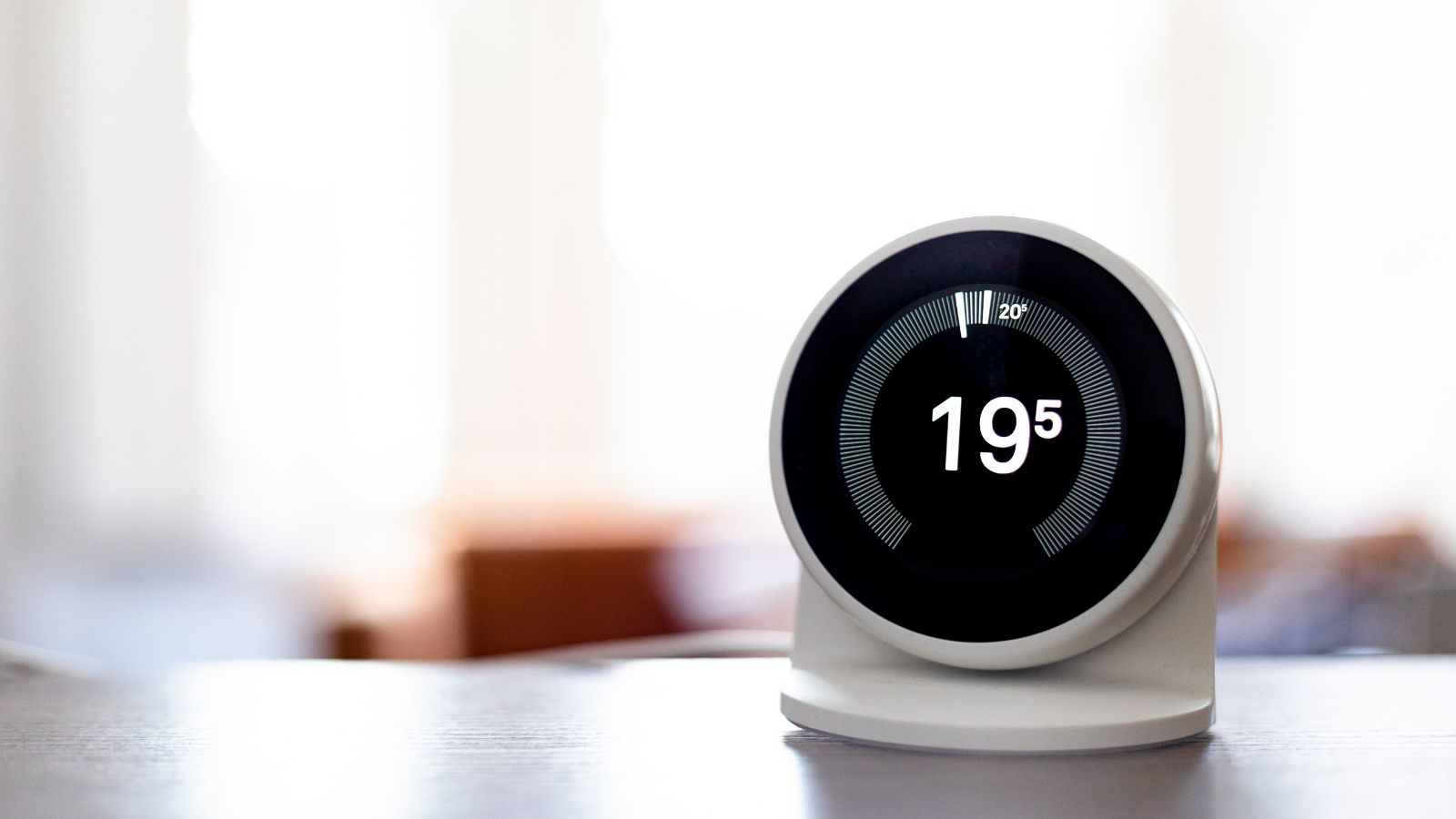
When you are trying to save money on energy bills, the focus is usually on our thermostat settings, but it turns out that its location also plays a big part.
HVAC experts have explained that where your thermostat lives in your home can have a huge impact on its efficiency and your comfort, especially in cooler months.
So where should a thermostat be placed? These are the best spots to make heating more efficient, and the places you should avoid at all costs.
The best place for a thermostat in your home
Steve Robbins, owner of Robbins Heating & Air Conditioning explains, ‘The ideal spot for a thermostat to cut energy bills is on an interior wall in a main living area central to your home. Think living room or hallway – somewhere that represents your home's average temperature. Around chest height (52-60 inches up from the floor) is perfect for getting the most accurate reading.’
Brad Roberson, president at Aire Serv, a Neighborly company agrees, adding, ‘The best location for a thermostat is on interior walls, away from direct sunlight, drafts, and heat sources near common living areas because these areas provide an average temperature reading.’
This is the case for all types of thermostats, be it an analog or a smart thermostat.
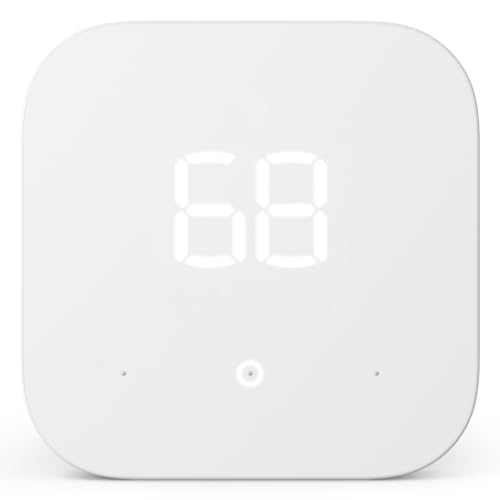
Compatible with Alexa and Ring security, this smart thermostat is perfect for integrating into existing smart home set ups.
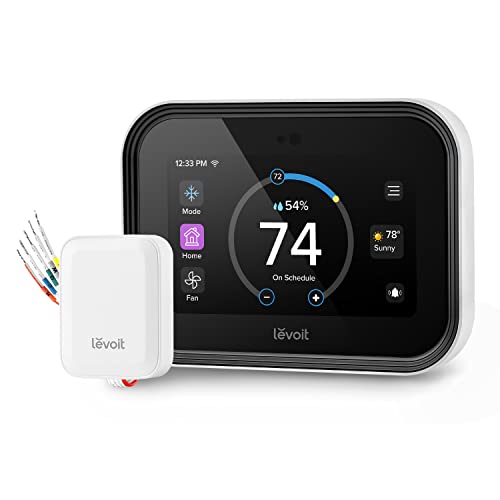
With customizable routines that conserve energy when you’re away and daily energy reports, you can create a greener home and reduce your energy costs with this smart thermostat.
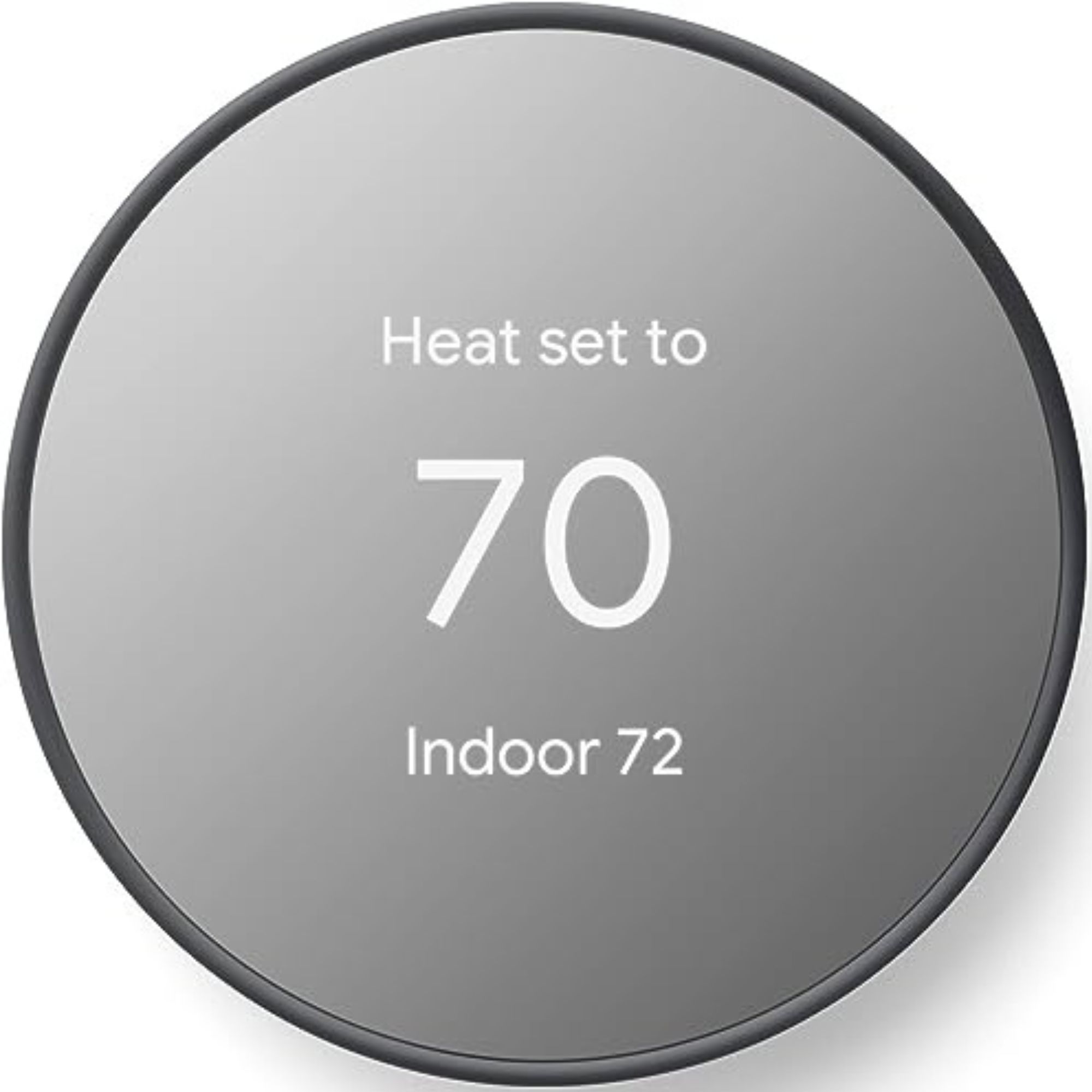
This smart thermostat works with both heating and cooling systems for greater temperature control year round.
Places to avoid placing your thermostat
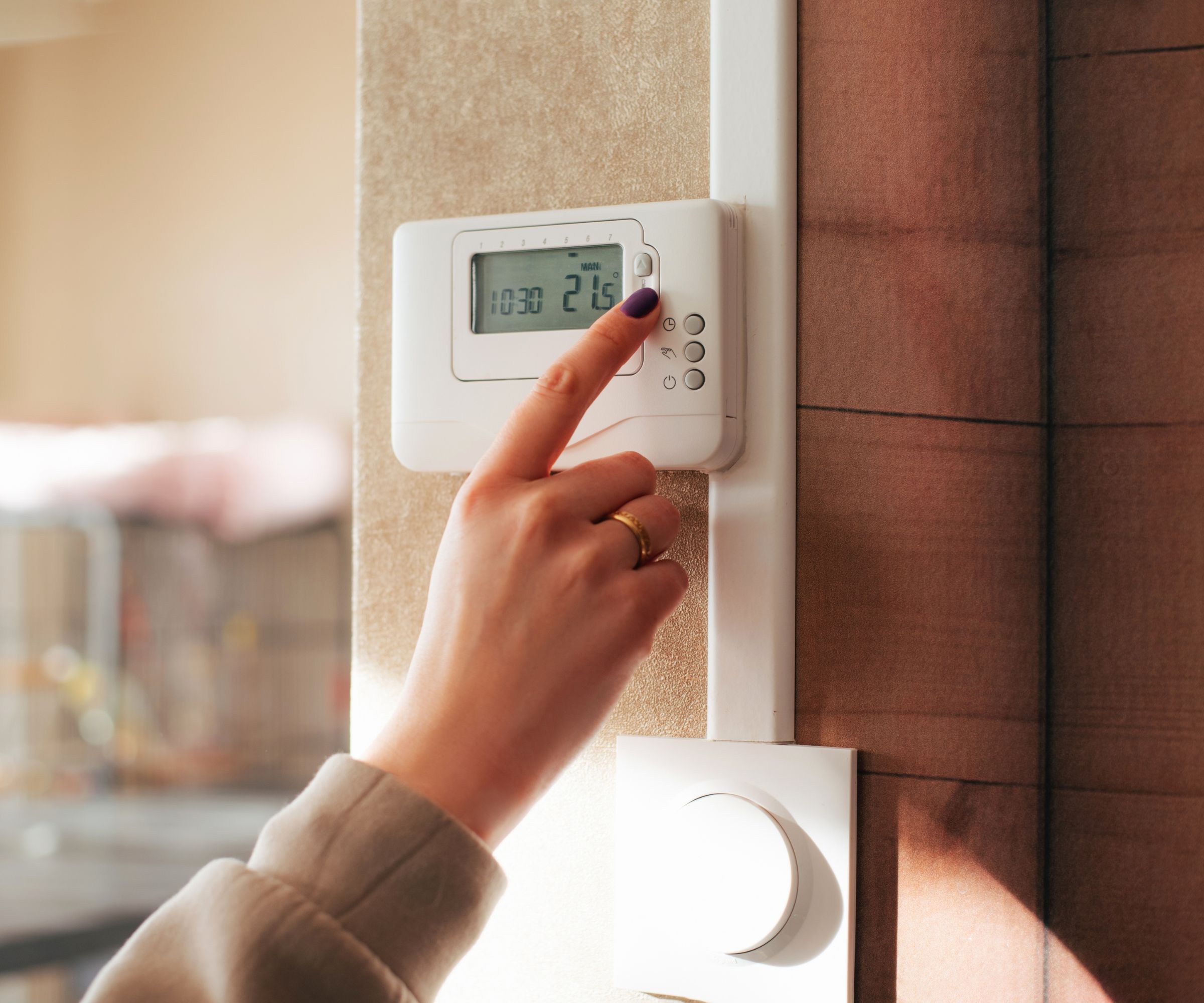
Getting the placement wrong is one of the most common thermostat mistakes homeowners make. Getting it wrong can cause your thermostat to trigger your heating or cooling at the wrong time, leaving your house too cold or hot to handle.
Design expertise in your inbox – from inspiring decorating ideas and beautiful celebrity homes to practical gardening advice and shopping round-ups.
There are some key spots you want to avoid to prevent this suggests Brad Roberson, president at Aire Serv.
He says, ‘The thermostat shouldn’t be placed on exterior walls, near windows, near heating vents or radiators, kitchens, or bathrooms because these spots can give false readings due to the external heat, cold drafts or temporary temperature spikes like cooking or showering.’
Steve Robbins, HVAC expert, adds any areas that are in direct sunlight to this list, draft hallways, and rarely used rooms for similar reasons.
Even if you follow all the best draft proofing tips, it is still advisable to relocate your thermostat to a more central, higher-use space for accurate readings. It also means your thermostat is in a readily accessible space so it is easier to address the settings as and when you need to.

Foam weatherstrips adhere to the edges of windows and doors to provide tighter seals in frames to prevent drafts and air transfer.
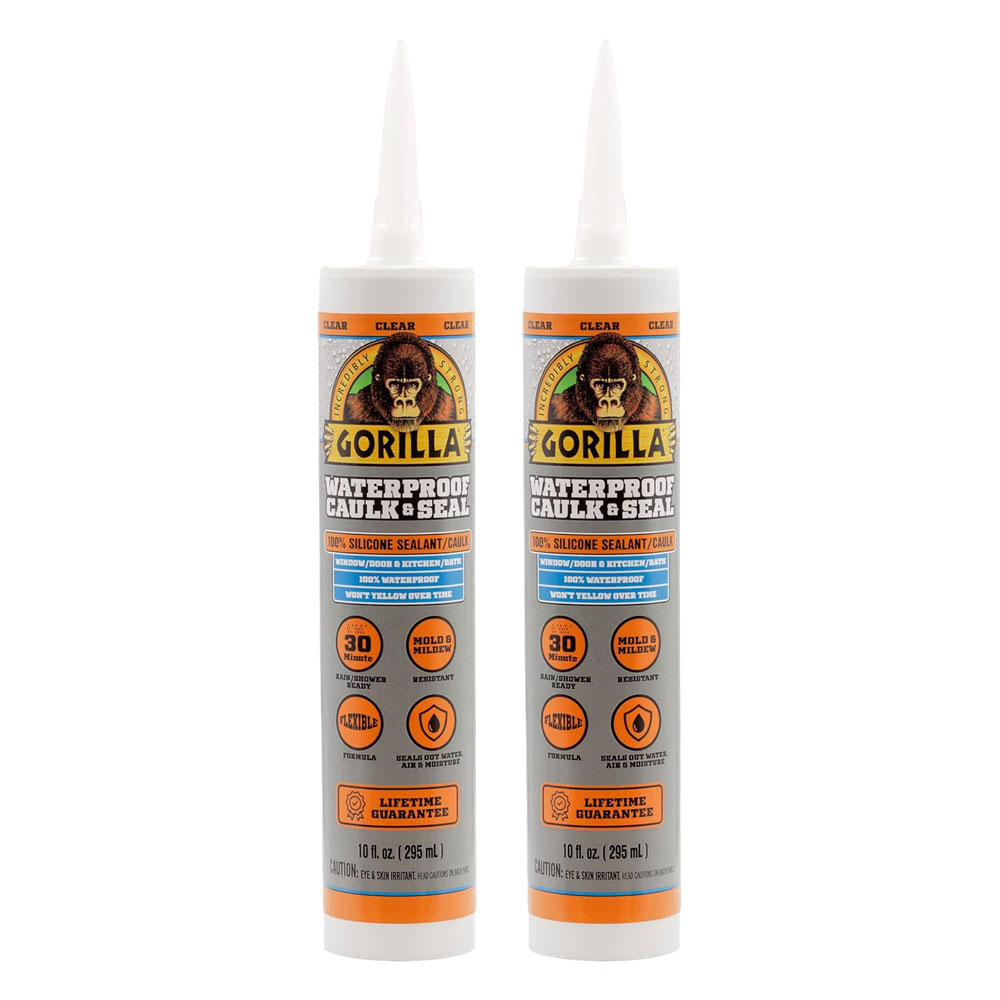
Perfect for sealing up any gaps around windows and doors, this caulk can be used both indoors and out, won't shrink and is even mold and mildew resistant. It is easy even for novices to use and dries in just 30 minutes.
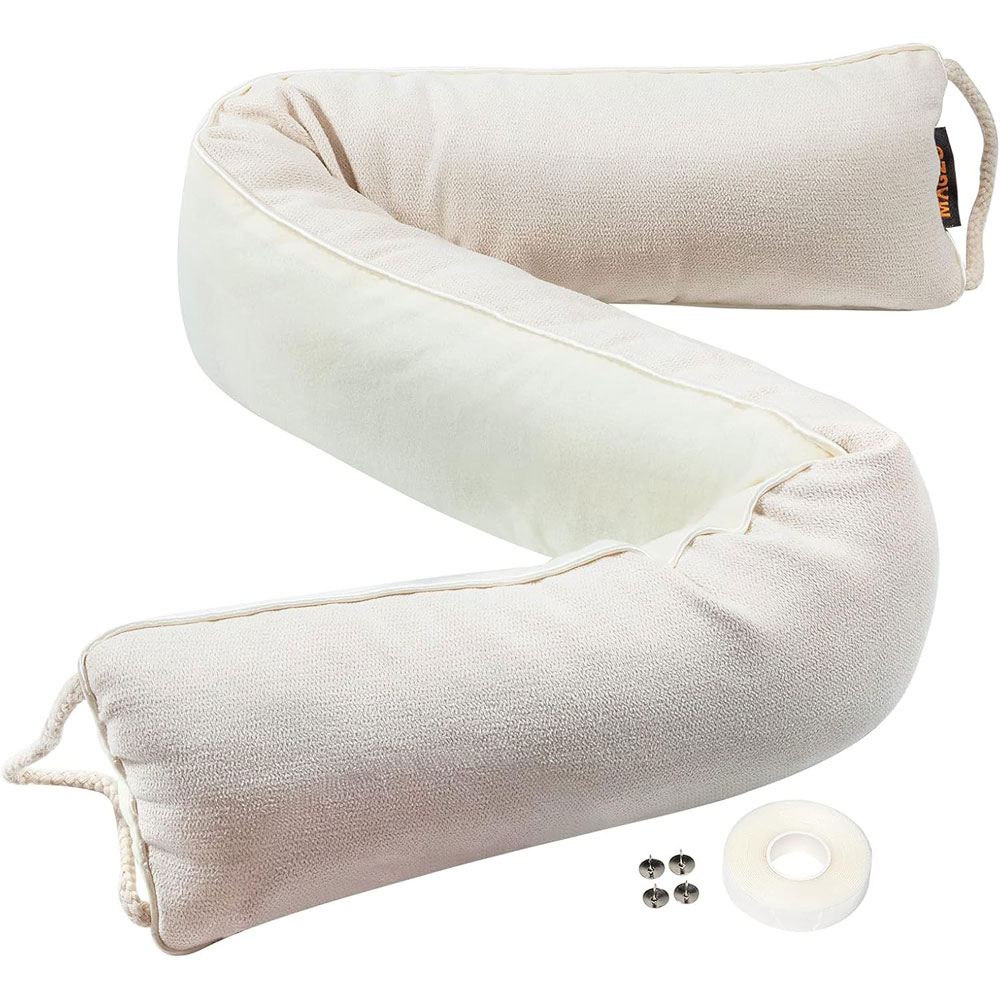
Although designed for use beneath doors, in order to keep out cold draft, this draft excluder could also be used beneath windows when placed on a sill. We love that it is machine washable too.
Why your thermostat location matters
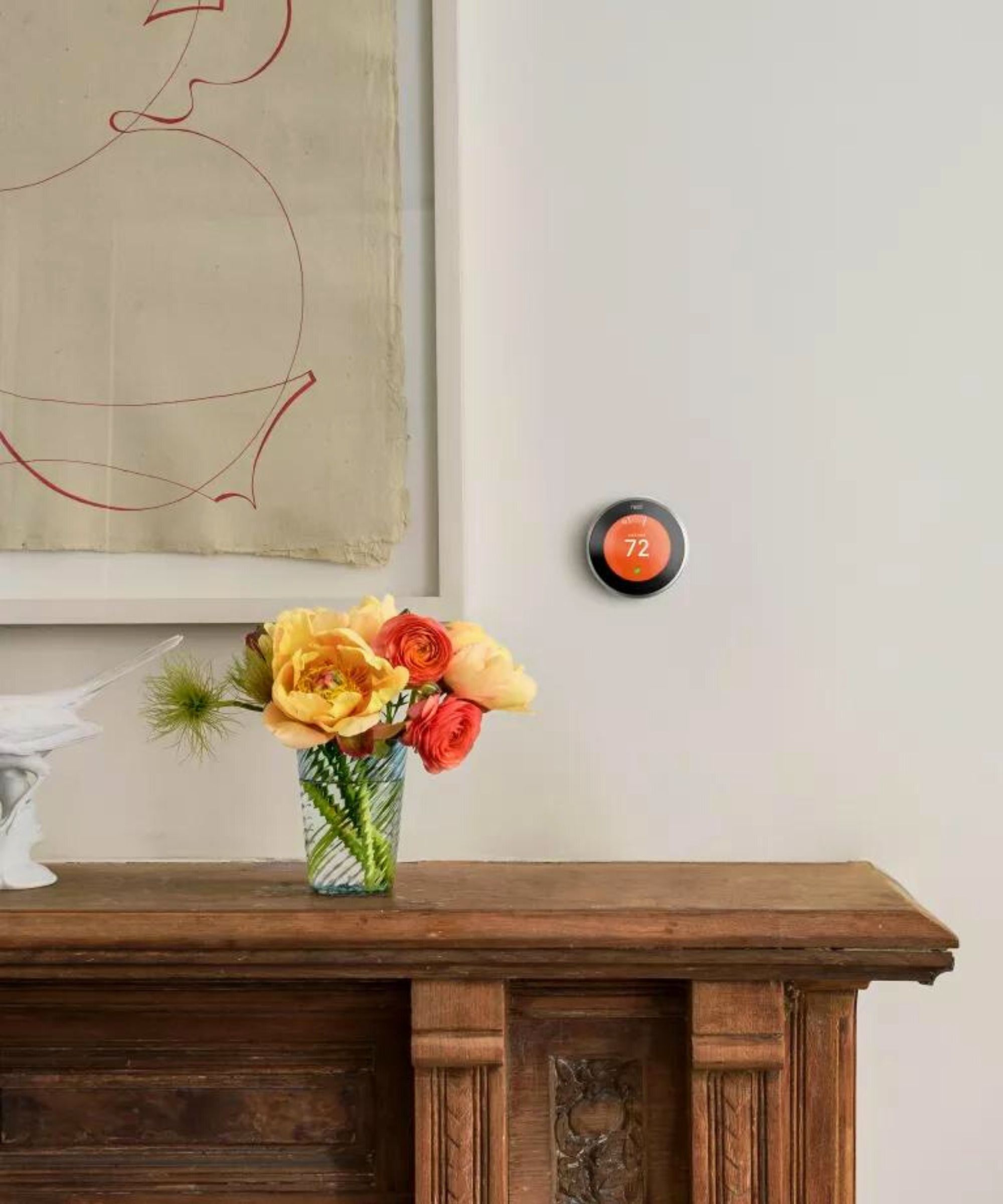
Neglecting to properly situate your thermostat is a common heating system mistake that drives up energy bills.
Steve Robbins, HVAC expert explains, ‘Your thermostat acts as a thermometer, and putting it in a bad spot can affect your indoor comfort. If you put it in a weird spot – like right next to a sunny window or near the stove – it'll give you a wrong reading about how hot your house really is. That means your heating and cooling system will turn on and off at the wrong times, which wastes energy and makes some rooms too hot or too cold.
‘It can also make your AC work harder than it has to, which can shorten its lifespan. You want the thermostat in a spot that shows what the temperature is really like in your main living area, so your HVAC system can do its job correctly and keep your home warm all day.’
Of course, this will only have a small impact if you are trying to keep a poorly insulated house warm, so we suggest looking into the best types of attic insulation, eliminating hot and cold spots in your home, and upgrading your heating systems for better energy efficiency overall.
What to do if you cannot move your thermostat
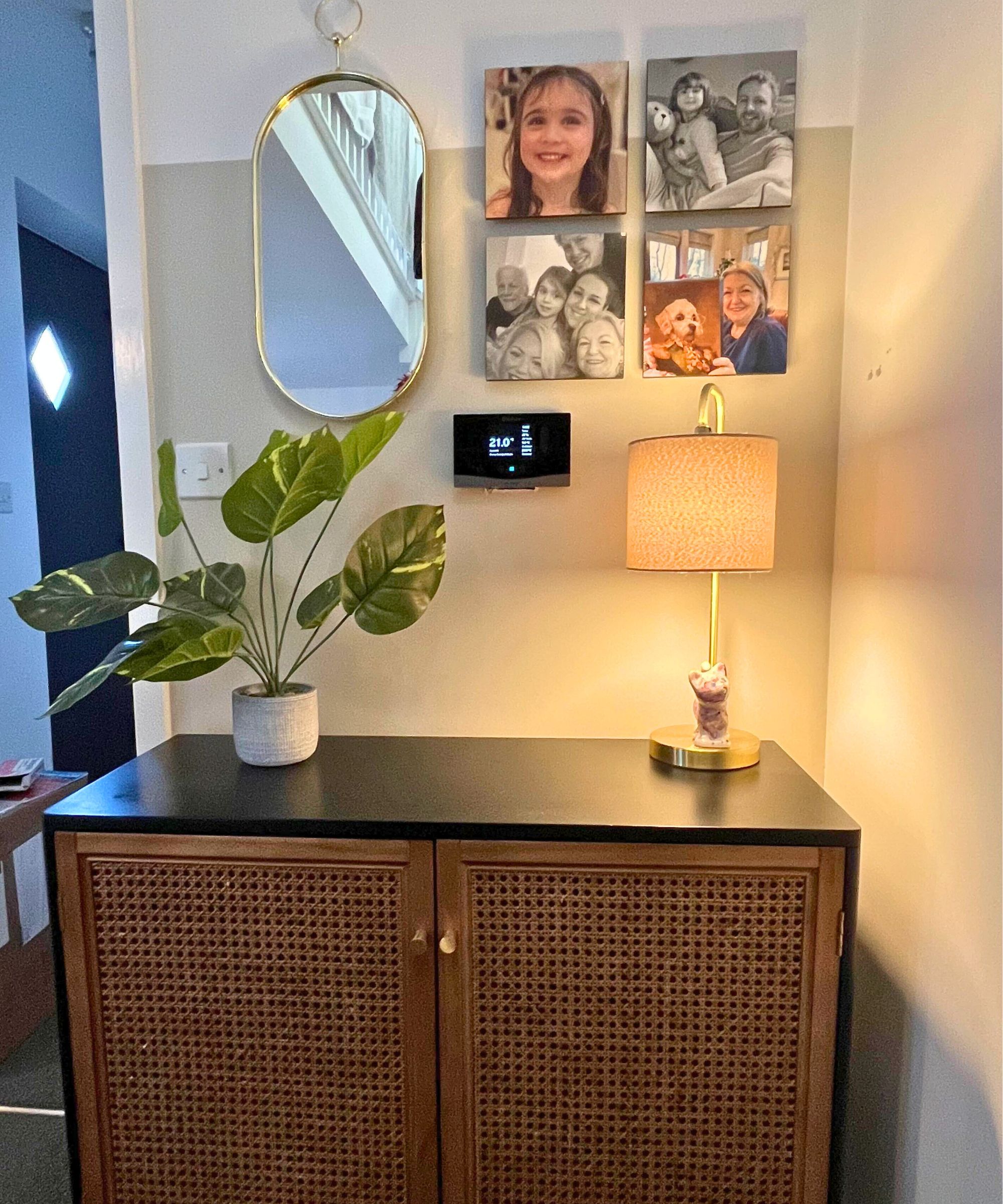
In most cases, moving a thermostat is simple. Most modern thermostats are battery-powered, meaning they can be relocated yourself. But what can you do for older models that are hard-wired into the wall?
Besides looking at the cost of replacing a thermostat, you can hire an electrician to relocate it for you, says Brad Roberson, president at Aire Serv. ‘Electricians and HVAC service professionals should be able to move and hardwire the thermostat, if needed, to a more suitable location.’
Punteha van Terheyden, head of Solved at H&G upgraded her analogue wall thermostat to a digital one and kept it running consistently and constantly at 71° Fahrenheit and saw her energy bill fall by hundreds of dollars this winter. This offset the cost of the device and installation.
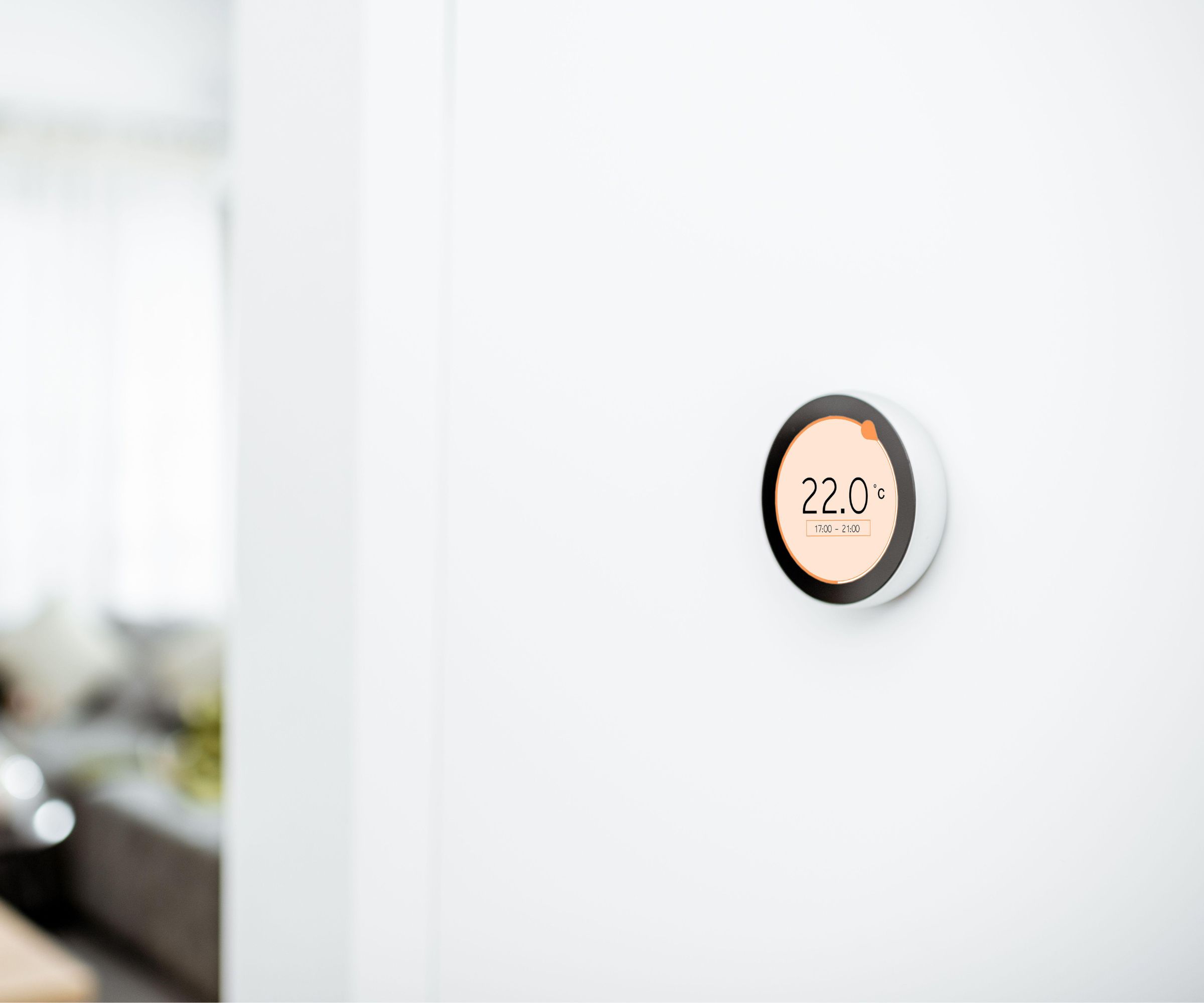
Aaron Traub, HVAC expert and owner of Benny’s A/C & Heating adds, ‘If relocating isn’t an option, a smart thermostat with remote sensors [such as the Google Nest Smart Sensors from Walmart] can make a big difference. You can place sensors in the rooms you use most to give your system a more accurate picture of the overall temperature.’
If you cannot make any changes to your thermostat, however, do not despair. Aaron continues, ‘I suggest using curtains [such as thick blackout thermal curtains, from Walmart], draft stoppers [also at Walmart], or moving nearby heat-producing items like lamps to reduce temperature swings around the thermostat. These small adjustments can help improve comfort and efficiency in your home.’
Relating your thermostat is only one part of the puzzle when trying to cut energy bills in winter. Setting the best temperature for a thermostat in winter and setting your thermostat to a constant temperature in winter will also play a part in keeping your home safe and your family warm without breaking the bank.
Next, learn if you should close vents in unused rooms.

Chiana has been at Homes & Gardens for two years and is our resident 'queen' of non-toxic living. She spends most of her time producing content for the Solved section of the website, helping readers get the most out of their homes through clever decluttering, cleaning, and tidying tips. She was named one of Fixr's top home improvement journalists in 2024.